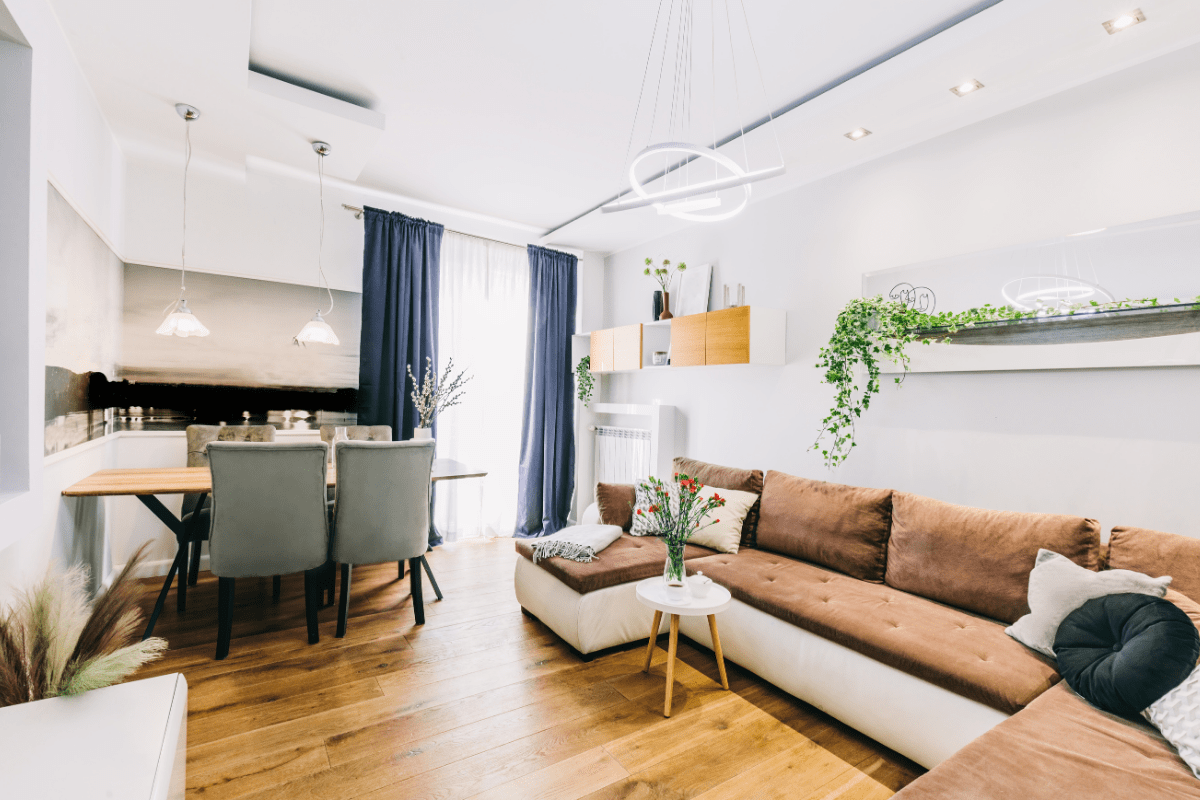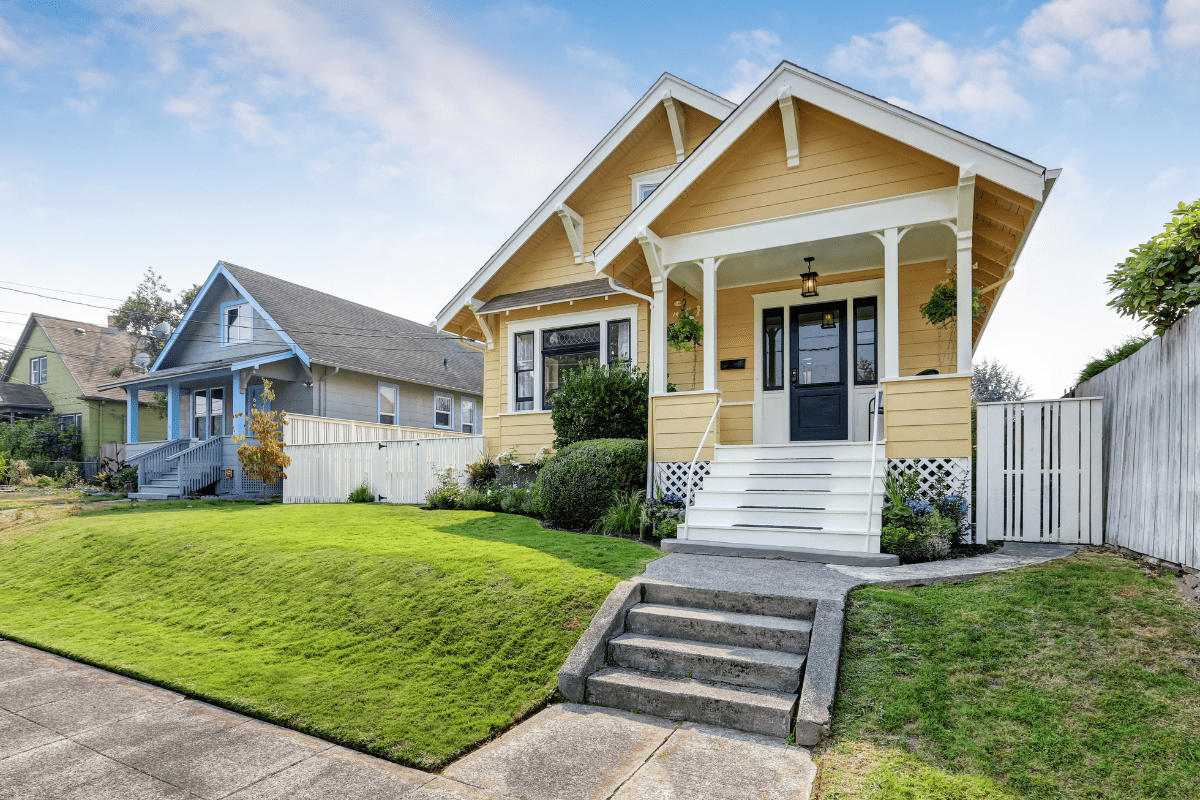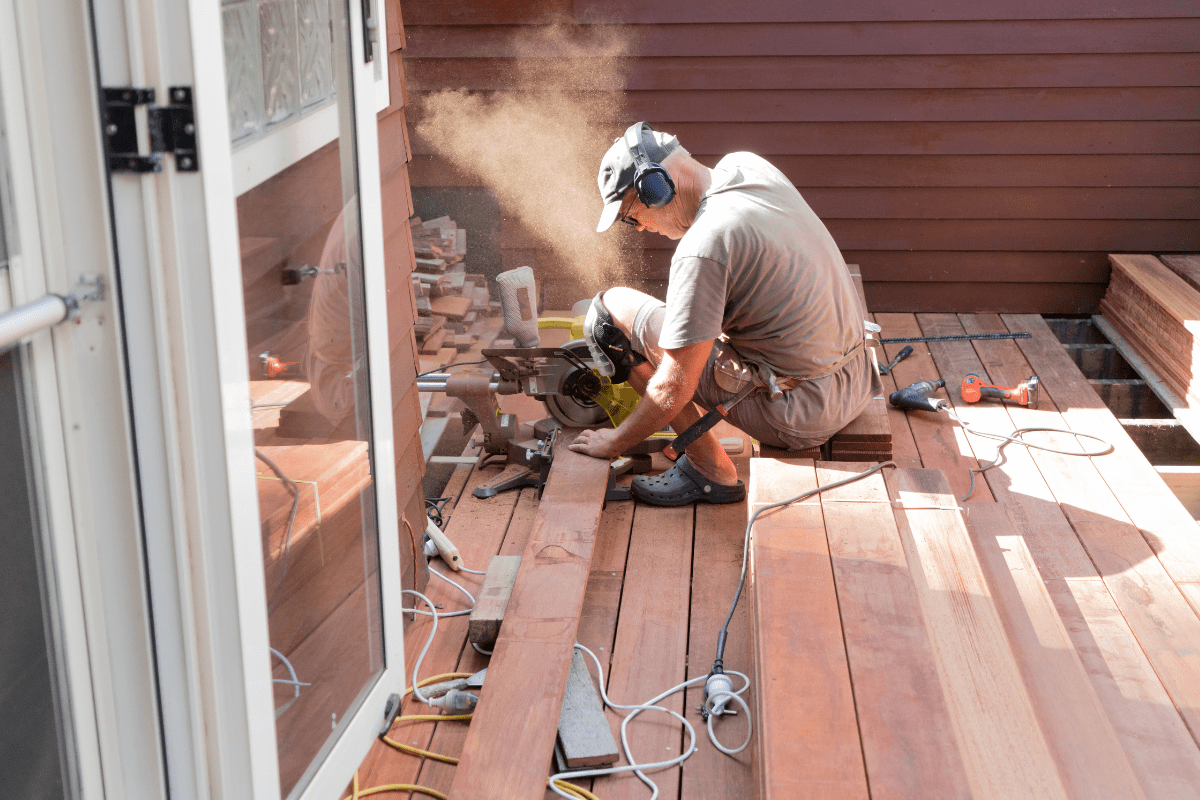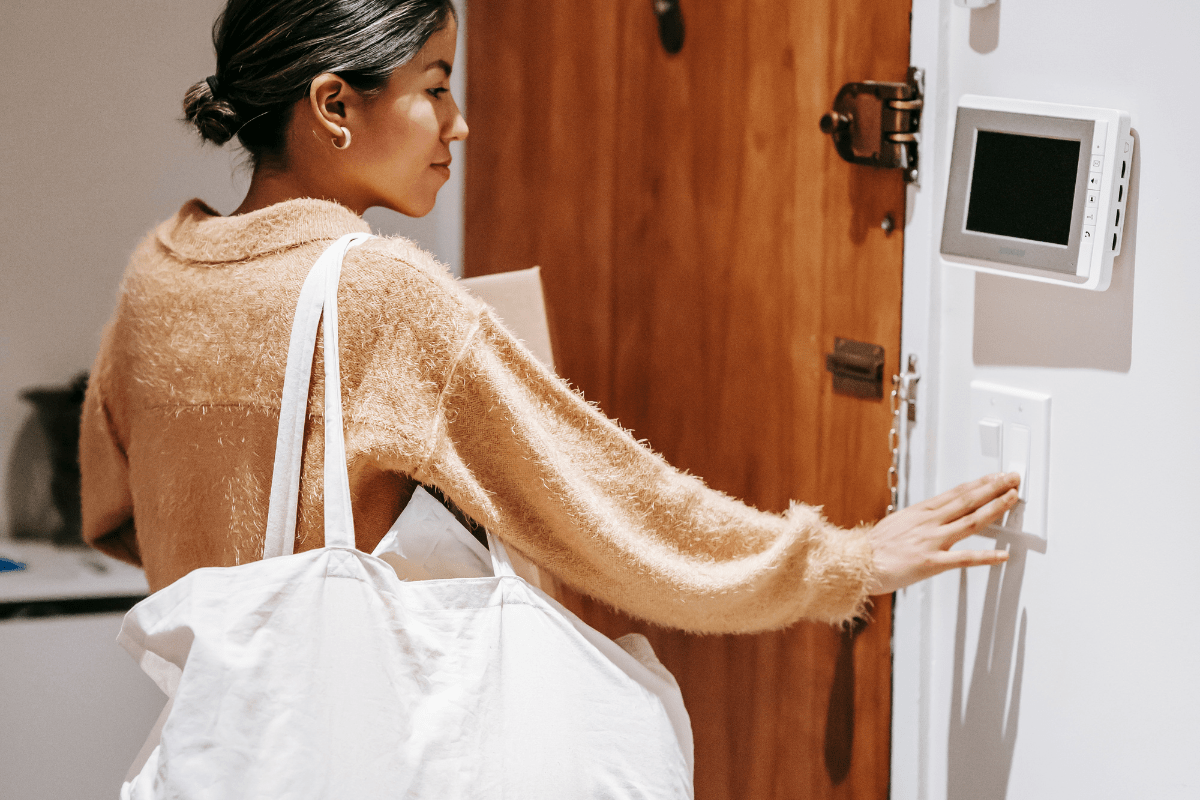Ever tried hosting a dinner party in a studio apartment where the “dining room” is also the “entryway” and occasionally the “yoga studio”? Welcome to small-space living, where square footage is a rumor and creativity is currency. Grab the folding chairs—today we’re dishing every trick in the tiny-home playbook.
Embrace light and color illusions
Small rooms don’t shrink because the walls are plotting against us—they shrink because we load them with heavy colors and bad lighting. We fix that first. Paint with light, airy hues that bounce daylight around like it’s a beach ball at a music festival. White isn’t mandatory, but pale gray, whisper-blue, or the world’s most agreeable greige fool the eye into seeing extra inches.
Natural light remains the MVP. Skip blackout curtains unless you’re rehearsing for vampire life. Instead, layer sheer panels with smart roller shades so privacy doesn’t toss sunshine out the window. If your apartment faces an alley darker than your ex’s soul, fake it with LED bulbs labeled “daylight” and park them in floor lamps that arc overhead. Light coming from multiple heights washes every corner, stretching walls the way yoga stretches hamstrings—gently but effectively.
Color zoning helps, too. Keep 60% of the room a cohesive base shade, 30% a secondary color, and 10% a wild accent that sparks joy. The dominance of a single tint prevents visual clutter while the accent distracts guests from noticing they can touch opposite walls without moving their feet. Add a plant or two; greenery visually softens edges and sneaks in life without hogging space. Bonus points if the plant dangles from the ceiling, leaving your precious floor real estate free for, well, anything else.
Furniture that moonlights as storage
Everyone loves a good multitasker—Swiss Army knives, actor-slash-musicians, baristas-turned-influencers. Furniture should join the gig economy too. Start with a sofa bed that actually feels like a couch, not a medieval torture device. Today’s models boast memory foam mattresses and compact footprints, proving comfort doesn’t need a ZIP code of its own.
Next up: ottomans with hidden compartments. They swallow blankets, board games, and that cable tangle you swear you’ll organize “someday.” Nesting tables deserve a standing ovation; they lounge together when you’re solo-binging reality shows but spread out when friends bring wayward beverage glasses. Choose designs with slim legs so air flows underneath, tricking eyes into perceiving more floor than exists.
Beds elevated on storage drawers are the small-space equivalent of a secret basement. Stash off-season clothes, spare linens, or a shocking number of shoes beneath. Before you protest that under-bed bins slide cheaply under any mattress, remember the frustration of fishing for a single sweater after those bins migrate halfway to Narnia. Built-in drawers stay put and open smoothly every time.
Finally, drop-leaf and gate-leg tables transform faster than a superhero mid-fight scene. Fold them down to “hallway console” width, then expand for art projects or a pancake brunch. The key? Choose pieces with sturdy hinges and a finish that matches adjacent furniture so they blend when collapsed. Multifunctional pieces not only save space but rescue your sanity on cleaning day when there’s less to scoot around.
Going vertical: walls, ceilings, and lofty ambitions
In small homes, floors are Manhattan, and walls are the suburbs—underused land begging for development. Shelves mounted up to the ceiling can house books, plants, or the adorable ceramic llama your aunt insists is art. Keep the lowest shelf eye-level for items you grab daily; push seasonal décor upward like out-of-office emails.
Pegboards aren’t just garage staples. Paint one a bold color, and suddenly pots, pans, and random kitchen doodads become wall art with a purpose. For bedrooms, slim picture ledges create instant galleries without devouring floor area. Rotate prints or postcards frequently to keep things fresh and prove to visitors we have eclectic taste.
Don’t ignore the ceiling. Suspended planters, hanging chairs, or even a compact hammock create zones without erecting walls. Just locate studs before drilling; gravity still works indoors. If the landlord forbids holes, command hooks rated for extra weight can step in—but maybe skip the hanging chair unless you enjoy dramatic tumbles.
For the daredevil DIYer, lofting the bed catapults usable square footage. A loft converts the “up there” into bedtime territory, freeing “down here” for a desk or mini-lounge. Safety rails and a sturdy ladder are nonnegotiable unless nightly gymnastics appeals to you. Even without a full loft, a raised platform with built-in drawers lifts the mattress a few feet and doubles your storage game. Vertical thinking stretches limits in ways horizontal shuffling never could.
Layout gymnastics: flow and multifunctional zones
Open floor plans in tiny apartments can feel like clown cars—lots happening, nowhere to breathe. The remedy lies in invisible lines and flexible furniture. Arrange seating so traffic paths stay clear; nobody should hurdle a coffee table to reach the fridge. Use area rugs to define zones: one soft rug under the sofa demarcates “living room,” while a vintage kilim by the kitchen cart announces “dining corner, population: two.”
Folding screens or lightweight bookcases create pseudo-walls without stealing light. They anchor the bed alcove or hide office clutter during after-hours Netflix marathons. Pro tip: pick shelves open on both sides so daylight and conversation pass through, avoiding the bunker vibe.
When square footage forces rooms to share tasks, adopt pieces that switch roles faster than we switch streaming services. A console table flanking the sofa morphs into a buffet line on taco night. A window bench doubles as seating and storage while framing the view, making the room feel larger because eyes drift outside.
Always leave at least two feet for walkways. It’s the runway width airlines barely respect, yet crucial for daily sanity. Float furniture a few inches from walls; paradoxically, that airy gap gives an illusion of spaciousness. Wheels underneath heavier pieces let you reconfigure on a whim—game night, yoga, or impromptu dance floor at 2 A.M. Layout fluidity celebrates the small-space mantra: everything is temporary, including your apartment lease.
Mirror, mirror: reflective magic
Mirrors aren’t solely for selfies and confirming spinach isn’t decorating our teeth. They’re the magician’s assistant of interior design, throwing light around like confetti and faking depth with zero renovation dust. The larger the mirror, the bigger the illusion—so aim for at least three to four feet tall if walls allow.
Placement matters. Set mirrors opposite windows to bounce daylight deeper inside or adjacent to them when direct alignment isn’t possible. In windowless bathrooms, hang a mirror across from the shower curtain to double perceived square footage and minimize that “cellblock C” aesthetic. Layer smaller mirrors gallery-style on a feature wall; breaking up shapes and sizes injects personality while still performing the space-stretching trick.
Mirrored furniture can join the party sparingly. A reflective coffee table top or cabinet doors foil clutter by blending into the surroundings. But don’t turn the place into a funhouse unless you’re charging admission. Choose frames that echo existing finishes—black metal in modern lofts, warm wood for boho vibes—to keep cohesion.
Cleaning mirrors weekly prevents them from morphing into dull panels. Fingerprints dim the light bounce faster than you’d think. Use a microfiber cloth and vinegar-water solution, avoiding harsh chemicals that streak. Consistency keeps reflections crisp, and crisp reflections keep square footage illusions intact. In tiny spaces, mirrors are practically roommates—treat them with the respect you’d reserve for someone who pays half the rent.
Textiles and patterns: small doses, big personality
Minimalism gets hyped, but personality sells comfort. Introducing pattern via textiles avoids crowding the room with tchotchkes while injecting flair. Throw pillows in geometric prints stage quick costume changes; swap covers seasonally instead of buying whole new pillows because closets have better things to store, like winter coats and emotional baggage.
Area rugs ground furniture clusters, soften footsteps, and muffle upstairs-neighbor bowling tournaments. Scale counts: In small spaces, a rug that sits under all main furniture pieces visually expands boundaries. Tiny rugs floating mid-floor resemble postage stamps and emphasize cramped quarters. Choose low-pile options for ease of cleaning and to prevent tripping on elevated edges.
Curtains in vertical stripes stretch walls upward like a vintage fun-house mirror but without the warped reflection. If stripes feel too bold, choose curtain panels matching the wall color for a seamless height illusion. Layer textures—linen throws, velvet cushions, knitted poufs—to create depth without stockpiling actual depth.
Pattern discipline keeps chaos at bay. Stick to a cohesive color palette, vary pattern scales, and let solids provide breathing room. Picture your décor like a music playlist: a few loud hits, several mellow tracks, all flowing smoothly. When textiles pull their weight, we can keep decorative objects minimal, freeing surfaces for essential items such as coffee mugs or the cat’s perpetual lounging rights.
Decluttering rituals: editing like a pro
No decorating hack beats ruthless editing. Square footage shrinks under excess, the same way inboxes implode under newsletters we never read (present company excepted, of course). Adopt the one-in, one-out rule: every new mug means an old chipped one retires. Apply this to shoes, office supplies, and free tote bags breeding in closets.
Schedule monthly 15-minute power sessions. Set a timer, blast upbeat music, and blitz surfaces: nightstands, counters, and desk. Everything gets three futures: keep, donate, recycle. The timer makes decisions lightning-fast, sidestepping sentimental paralysis. Celebrate completed sessions with a fancy coffee rather than congratulatory clutter.
Digital maintenance helps, too. Scan important papers, store them in the cloud, then shred the originals. Paper piles vanish, and you gain bragging rights about being “basically paperless.” Multipurpose organizational tools—clear bins, stacking trays, drawer dividers—corral survivors neatly. Labeling prevents future mystery boxes. If labeling feels fussy, use transparent containers so contents speak for themselves.
Finally, embrace negative space. Empty shelves and blank walls aren’t decorating failures; they’re visual oxygen. They let standout pieces shine and give eyes somewhere to rest. Remember, in small spaces every item either serves a function, sparks joy, or pays rent—and since objects rarely write checks, they better do the first two convincingly.





